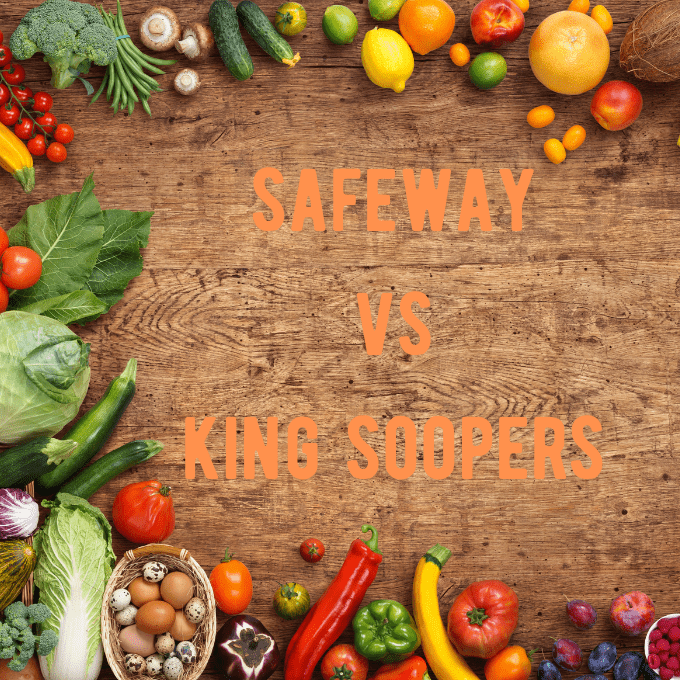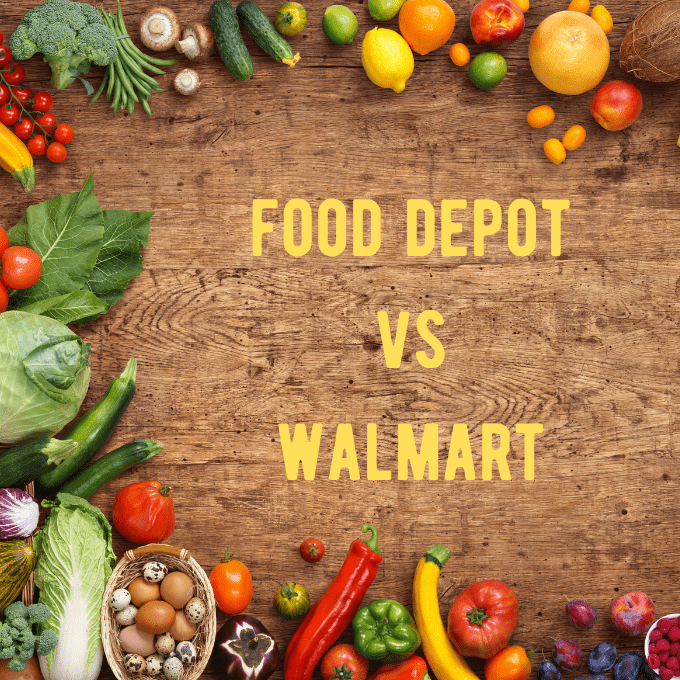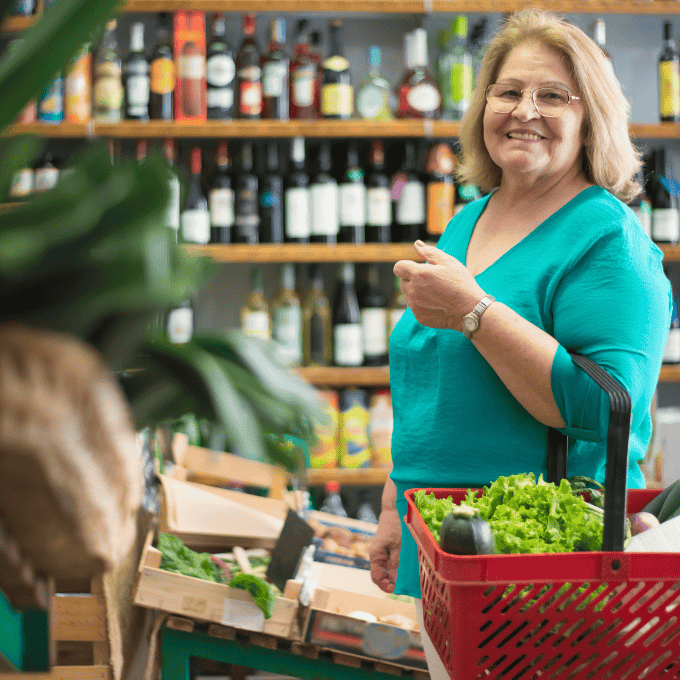1.3 Decoding Sales Cycles
Today we are diving into the realm of sales cycles and discovering how harnessing this knowledge can transform your grocery shopping game.
These recurring sale periods for products like coffee and canned goods aren’t just predictable—they’re a goldmine for the savvy shopper.
By timing our purchases and leveraging digital tools, we can stock up smartly, stretch our budgets, and never miss a discount on our staple items.
So, ready to make the most of every grocery run?
Key Takeaways
- Anticipate sales cycles to maximize savings on grocery expenses
- Stock up on essential items during sales, but avoid overbuying
- Utilize apps, websites, and social media for sales cycle updates

Understanding Sales Cycles
Sales cycles are reoccurring periods of time when products go on sale at different retailers. Many items have predictable sales cycles, which help us plan ahead and maximize our savings.
Did you know that most products at the grocery store typically go on sale every 12 weeks? So, most items will hit a sale price about once every 3 months.
Now that we have a time frame to work with, we can use that information to our advantage!
Anticipating Sales Cycles
Every store is a little different in their sales cycle system, but let’s look at my local store to see the patterns.
My local Ingles Market has Chock Full of Nuts on sale every 8-12 weeks. Canned vegetables typically go on sale every 6 weeks.
Now fresh produce like fruits and veggies typically go on sale during their harvest time. This is when we see really cheap berries at the beginning of summer, and cheap apples in fall time.
By keeping an eye on these sales, we can predict when they will go on sale again and plan ahead!
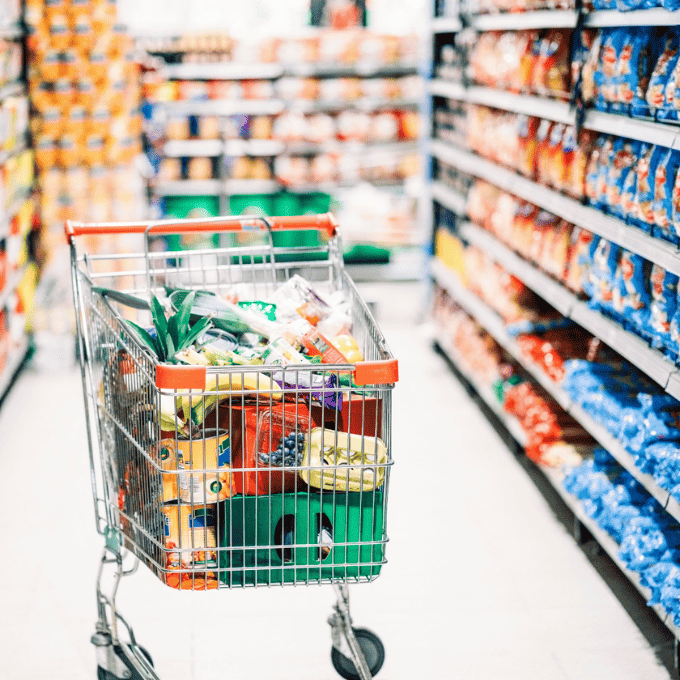
Loss Leaders and Competitor Responses
So why do stores even have sales cycles?
Retailers use sales cycles:
- To move their inventory
- To attract customers with loss leaders (highly discounted items to get people in the door)
- To compete with other stores by offering better sales
In order to move inventory and attract customers, retailers use these sales cycles for marketing to customers.
They offer items at a significant discount called “loss leaders” to draw customers in because they know it is rare for you to only buy 1-2 items at a grocery store.
If they can draw you in for one really good deal, you will most likely go ahead and purchase you full week of groceries at higher prices.
Some stores will even respond to competitor’s sales by offering an even better deal for their customers. So, in this case competing marketing can actually benefit the consumer.
Tracking and Predicting Sales Cycles
Since every store is truly different, the only way to track these sales cycles is start paying attention.
Grab a notebook or a planner and start writing down every time you see your favorite or essential items on sale.
Overtime you will start to notice the pattern and be able to predict when those items will go back on sale.
This takes time and patience but can pay off huge if you stick to it!
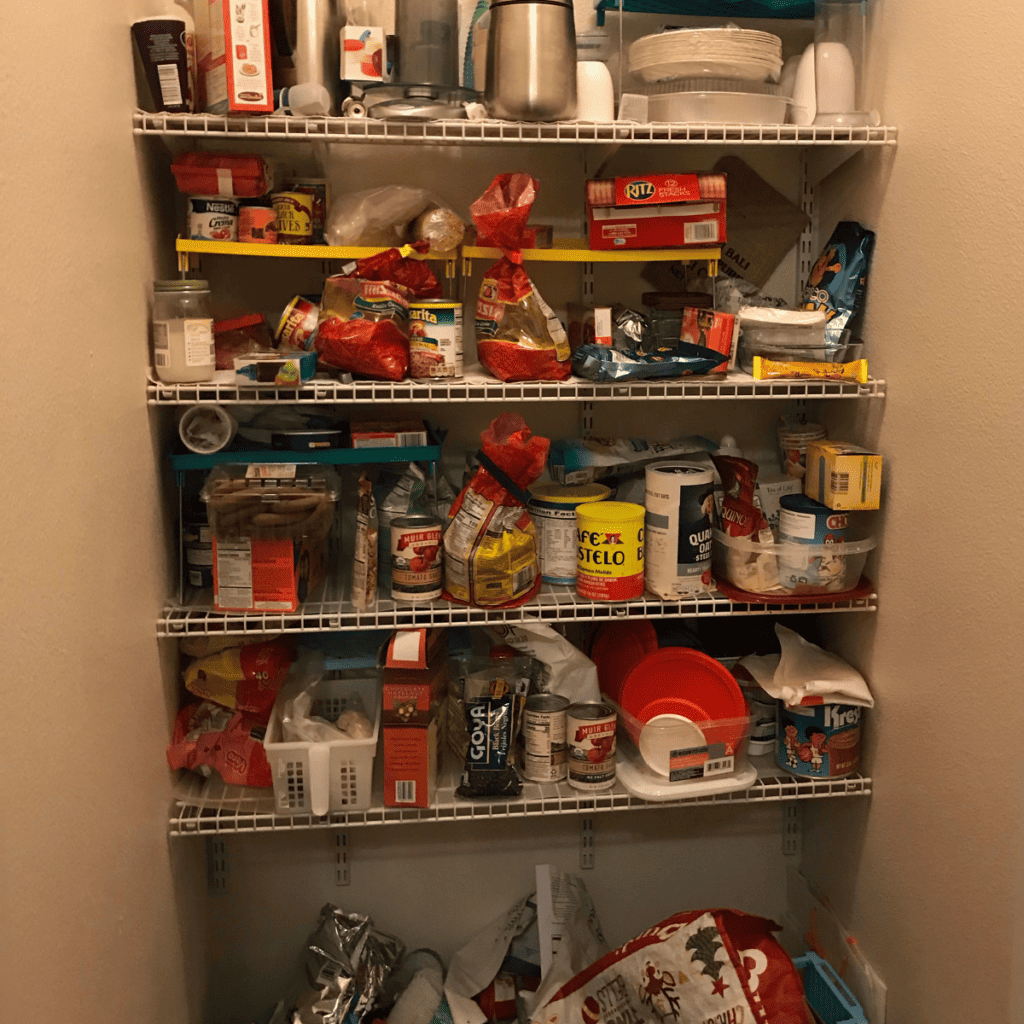
Effective Stocking Up and Sensible Purchasing
By understanding when products usually go on sale and stocking up during those times, you can save money but we must avoid over-buying.
- Stock up when on sale!
We all have certain ingredients or food products that we use regularly. Here are some examples of items we know that my family uses all the time
- Coffee: we drink it daily and I don’t see this changing.
- Canned Tomatoes: we regularly use these when cooking.
- Chicken Breasts: this is our preferred cut of chicken so we love to buy these on sale.
- Rice: we have tons of variations of rice dishes that we make every week.
- Pasta: we also eat a pasta dish 1-2 times a week.
- Cheese: we love cheese! This is a great item to stock up on and put in your freezer.
- Oatmeal: We eat a lot of oatmeal for breakfast but we also regularly make baked goods with it too.
This is just a few of the items that I know we are not going to stop using any time soon, so these are the perfect items to always have on hand.
When they go on sale, I will make sure to buy enough to last us the next 3-4 months which is usually 3-6 cans of coffee, 10-12 cans of tomatoes, at least 15lbs of chicken breasts, 5 lbs of rice, 6 boxes of pasta, and so on.
We do need to be mindful of expiration dates and this starts when you are in the store. I check to make sure that I am grabbing items with a fairly long best by date before I put them in my cart.
Then once at home, I will write the expiration date on the top of cans and boxes. I will place all the new items at the back of the pantry shelf, so all the oldest ones are in the front. This ensures that you use the oldest items first.

Seasonal and Holiday Sales
Seasonal and holiday sales are other areas where we can capitalize on discounts. Sunblock in the summertime, turkeys around Thanksgiving, and baking supplies during November are all examples of predictable sales tied to specific times of the year.
By anticipating these discounts, it’s possible to stock up on items when they’re at their cheapest and avoid making purchases at their highest prices.
I love to stock up on these items when they are on end of the season clearance, so then I am ready for when that season starts again!
Apps, Websites, and Social Media for Sales Updates
To make the most of sales cycles, I turn to various resources that help track discounts and predict when they’ll occur. My favorite tool for staying informed about sales at different stores is actually Facebook groups.
By joining several groups dedicated to specific stores I shop at, I get an overview of available sales and upcoming predictions. Members often share insights on manager specials or one-time sales and inform others when similar deals may occur again in the future.
Using apps and websites dedicated to tracking sales cycles can also be beneficial. This way, I can stay ahead of the game and make informed decisions about when to buy certain items at their lowest price.

Homework
In order to get the most out of sales cycles we really need two very important pieces of information: what we buy the most of and when it goes on sale.
The first one is easier to do! So this week, I want you to write a list of items that you typically always have on hand. These are items that you use regularly and buy frequently, but are typically shelf stable.
I like to include regularly used condiments, baking items, side dishes, etc. Check out your fridge and pantry to get a really good idea of what you tend to always have on hand.
Once you have this list, I want you to start watching the price of these items. Check your weekly sales flyer or check prices online.
You will start to notice that the price will fluctuate and you want to see how low it will go. It is also a good idea to write next to each item how long it typically takes you to use this product in it’s entirety.
For instance, one normal bottle of ketchup lasts us 3-4 months. Whereas a bottle of mustard or barbeque sauce may take up 6 months to use.
This will help you later on when you spot a good deal and you will know exactly how many to buy to last until the next sales cycle!



